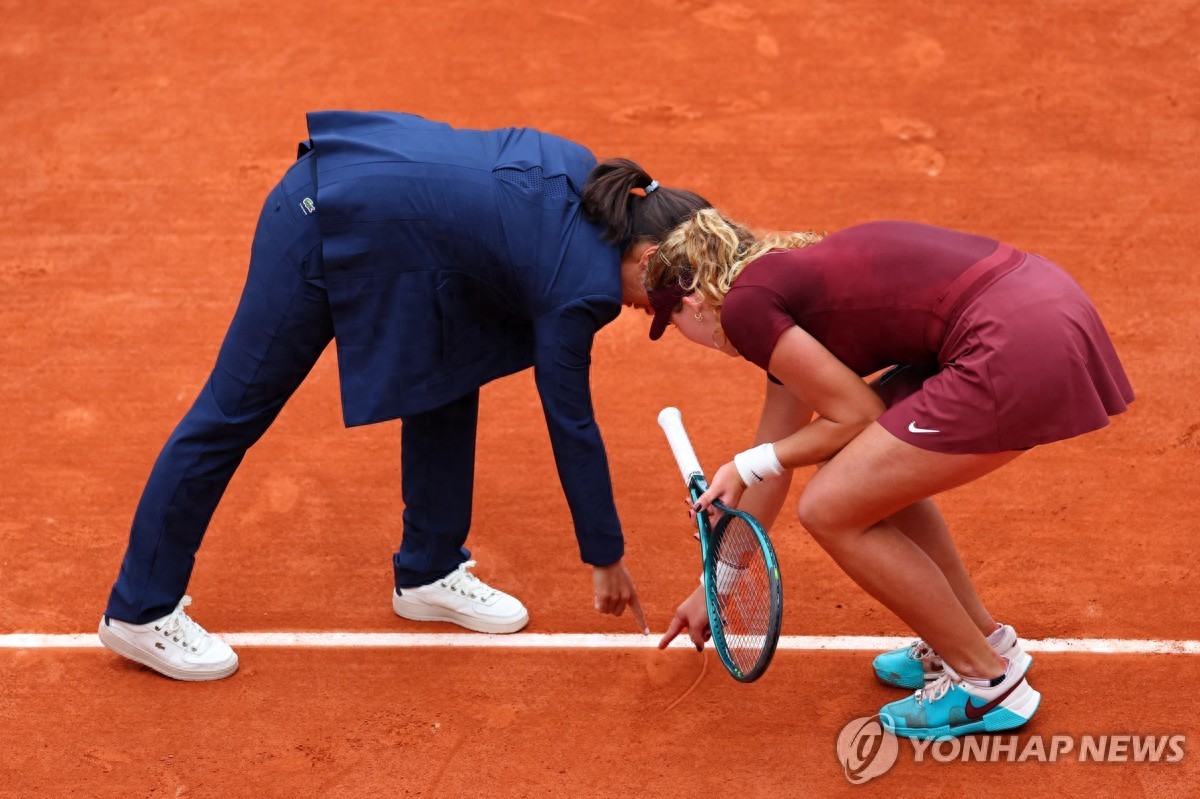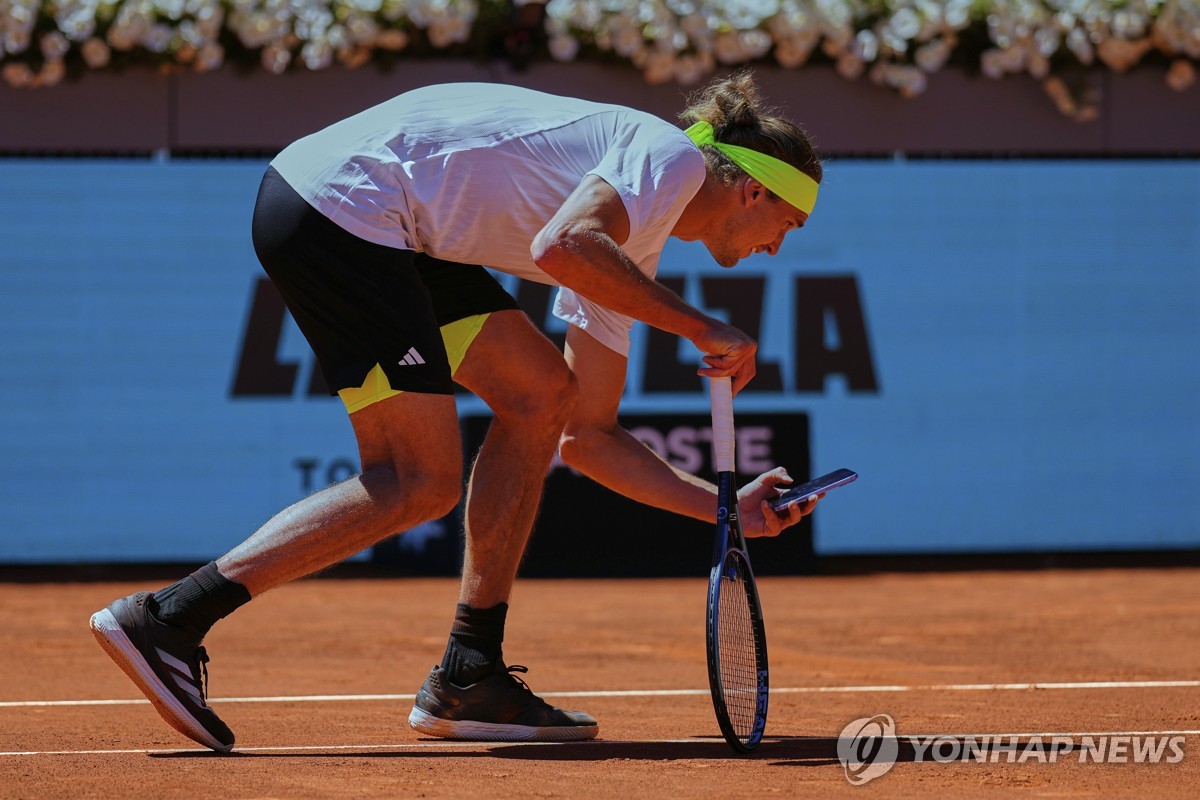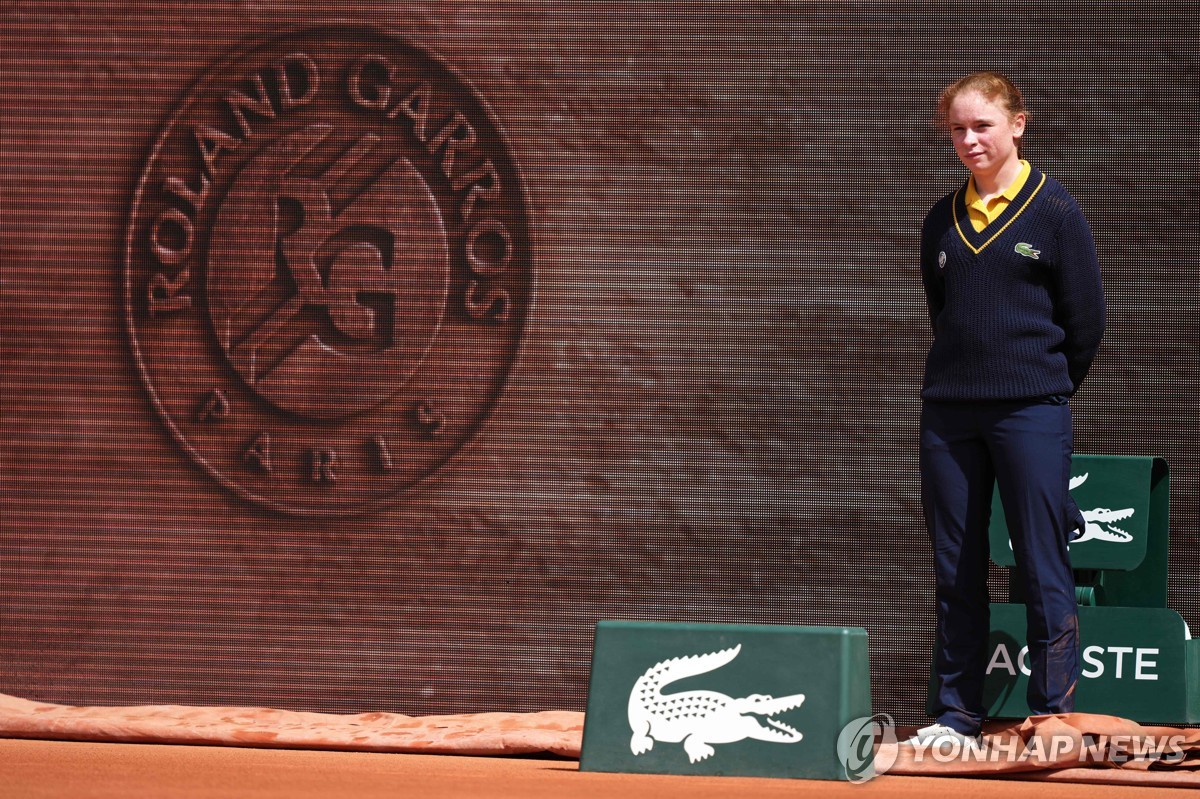The 2025 French Open is in full swing, why this Grand Slam tournament still does not introduce the "Hawkeye" system
The 2025 French Open, which is being played in Paris, France, is the only one of the four Grand Slams in tennis that does not introduce "Hawkeye". Among the four major tournaments, the Australian Open introduced an electronic penalty system in 2021, the US Open in 2022 and Wimbledon followed in the footsteps of the Australian Open from this year.

Andreyeva (right) who confirms the ball mark with the chief judge
The French Open, held on clay courts, does not introduce electronic decisions, and if a player disputes the referee's decision, the presiding judge will walk up to the court and decide whether to overturn the decision based on the ball's mark on the court. In a match in the first round of the 2025 French Open women's singles on the 27th local time, after Mira Andreeva (world No. 6, Russia) also protested the penalty, the referee walked to the court and confirmed the ball mark with the player.
But not all clay matches don't use the electronic decision system commonly known as the "Hawkeye." The French Open also sends electronic judgment footage to television broadcasts, but it is not used for judgment.
At the men's professional tennis (ATP) Madrid Open in April, Alexander Zverev (GER) challenged the electronic decision to be the talk of the town. At that time, Zverev claimed that the opposing player's shot had qualified, but the electronic decision was "IN".
Zverev advocated "going out of bounds" and asked the presiding judge to "please come out and watch", but the presiding judge refused to accept it, "because it is based on the electronic penalty result, so it cannot be played".

Zverev photographed the marks left on the court floor at the Madrid Open in April.
Subsequently, Zverev advocated: "Even if the verdict is not overturned, please come down and see first." But after this was also ignored, he took out his mobile phone and personally took pictures of the ball prints on the ground of the court, crying out for injustice. Zverev said disgruntled after the match: "Although it is understandable that the error is around 1 or 2 millimeters, 4 or 5 centimeters seems to be serious. ”
At the Porsche Grand Prix on the Women's Professional Tennis (WTA) Tour in April, Ariana Sabalenka (Belarus) also argued that the "out of bounds" decision of one ball was wrong. "Recently, clay tournament organizers are making videos showing why the human eye can be deceived when the ball bounces off the clay court and leaves a mark along the trajectory," said ESPN, a professional sports media outlet in the United States. "Explains the reason for the frequent protests against electronic decisions on clay courts.

Frontman for the French Open
However, the president of the French tennis association, Gilles Moreton, said: "Judging from the controversy of the Madrid tournament and so on, the electronic decision does not seem to be perfect. At the French Open, the line should be maintained until the players agree. In other words, the electronic judgment system that predicts the trajectory of the ball is less accurate than that of hard or grass courts, based on the bounce characteristics of the red clay when the ball is slightly hit to the ground.
Novak Djokovic (Serbia) said in an interview ahead of the tournament: "I understand those who think that linemen are a cultural tradition of tennis on the court. If I were to choose one of them, I would think that the accuracy of electronic decisions seems to be higher. ”


Wonderfulshortvideo
Shohei Ohtani just hit one out of Dodger Stadium during batting practice. 😳


THE DODGERS ARE BACK ON TOP AS WORLD SERIES CHAMPIONS 👑


Filth from Roki to end the game!


That's our starting shortstop, Mookie Betts!


Magic's brewin' in LA.


See you for NLCS Game 3, LA.


These two 🤣








 Links
Links
 Contact
Contact
 App
App


